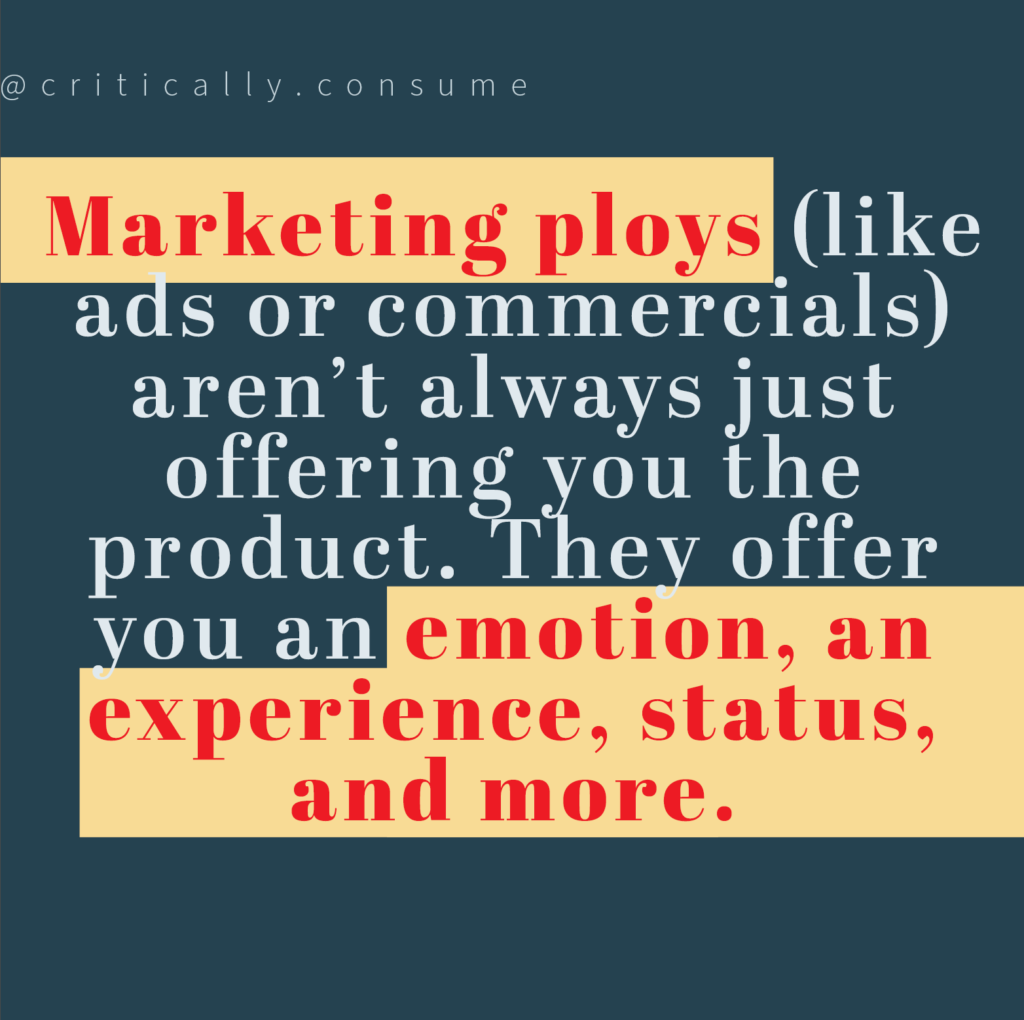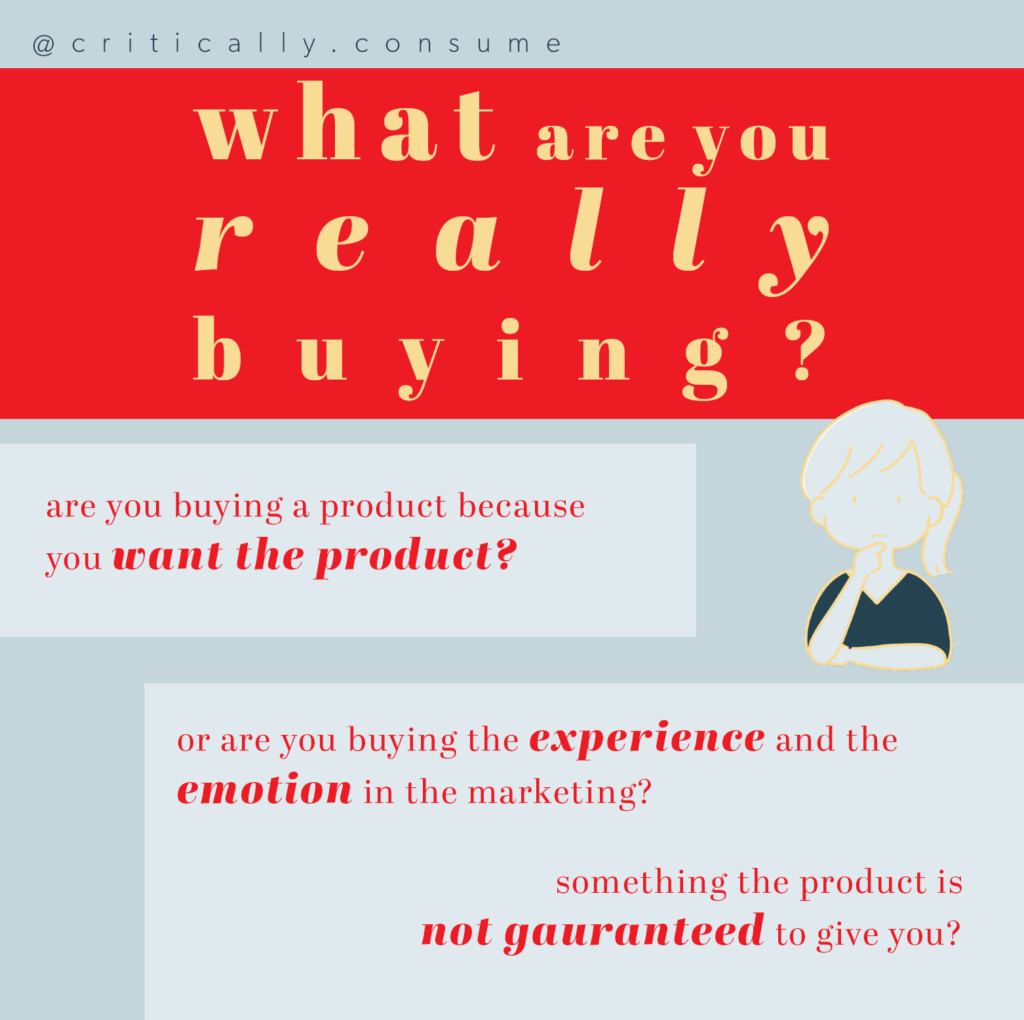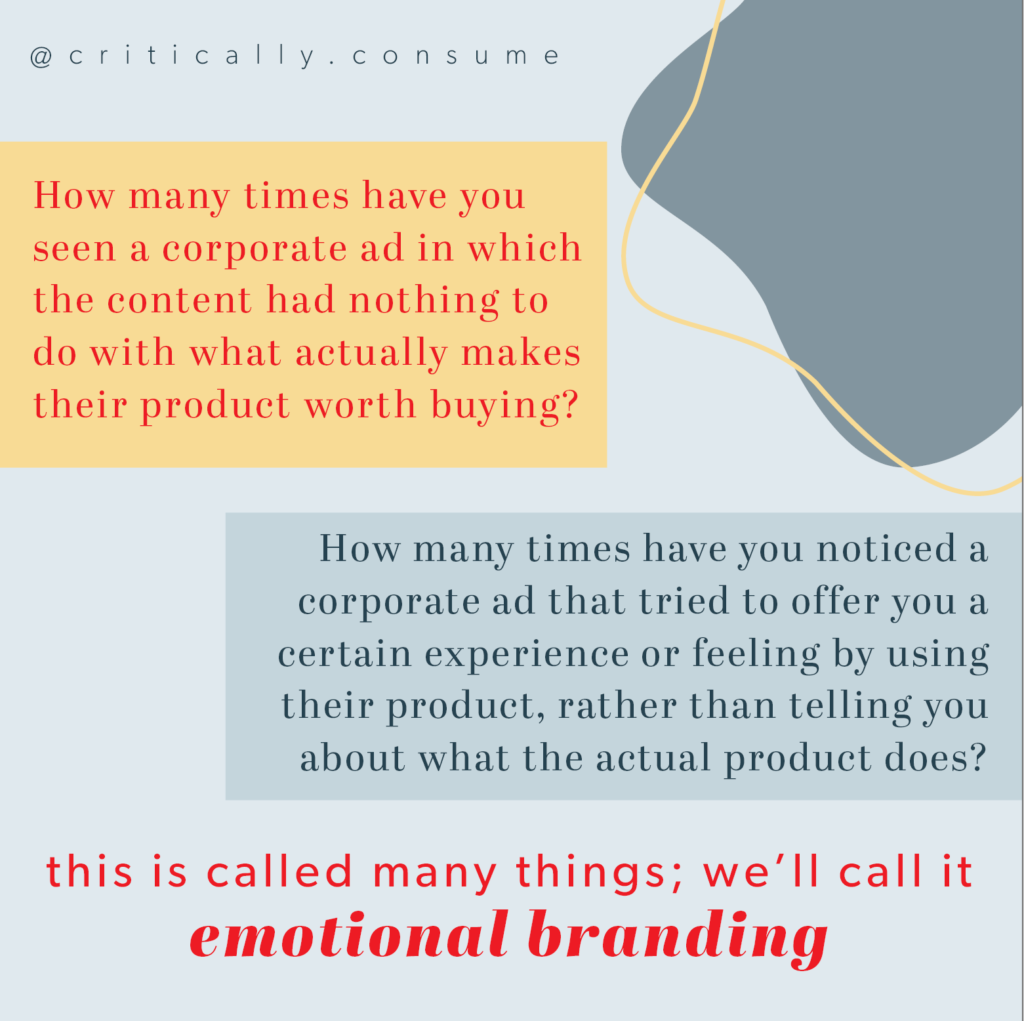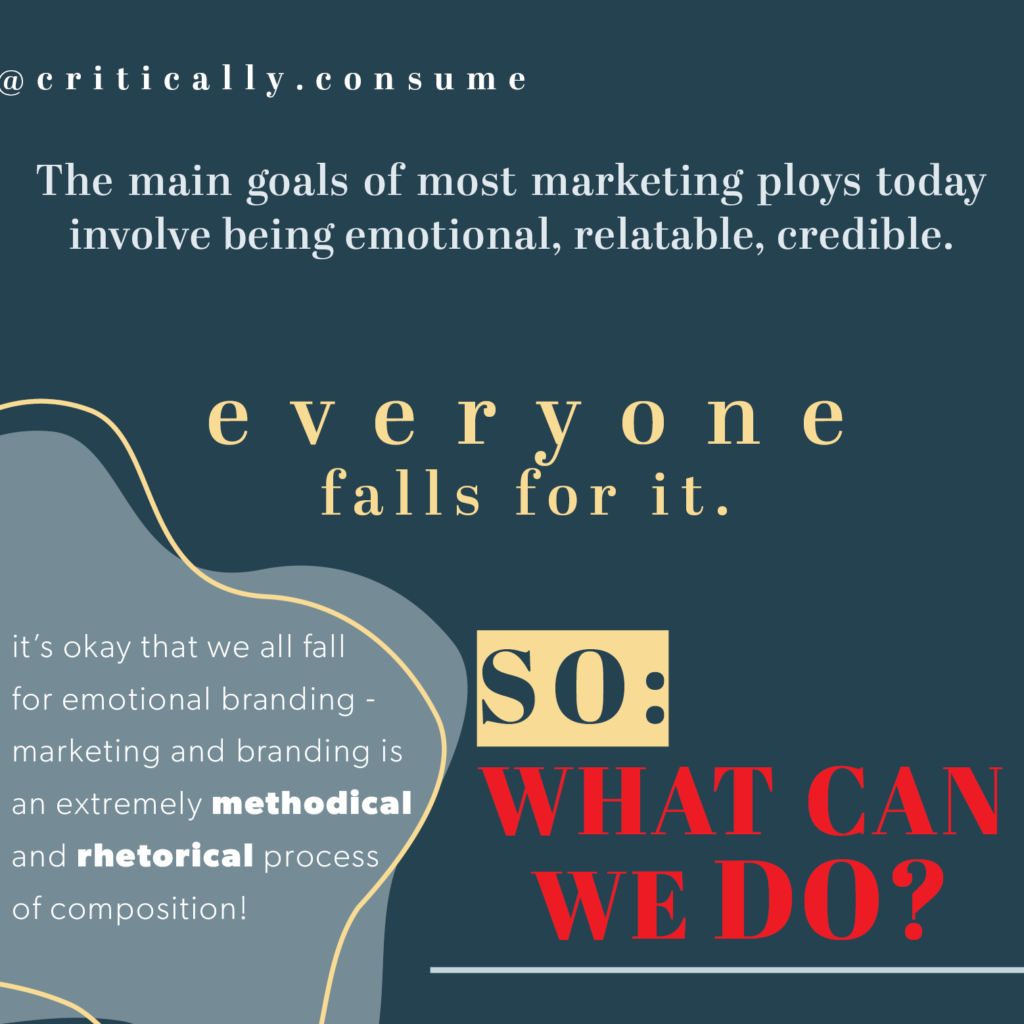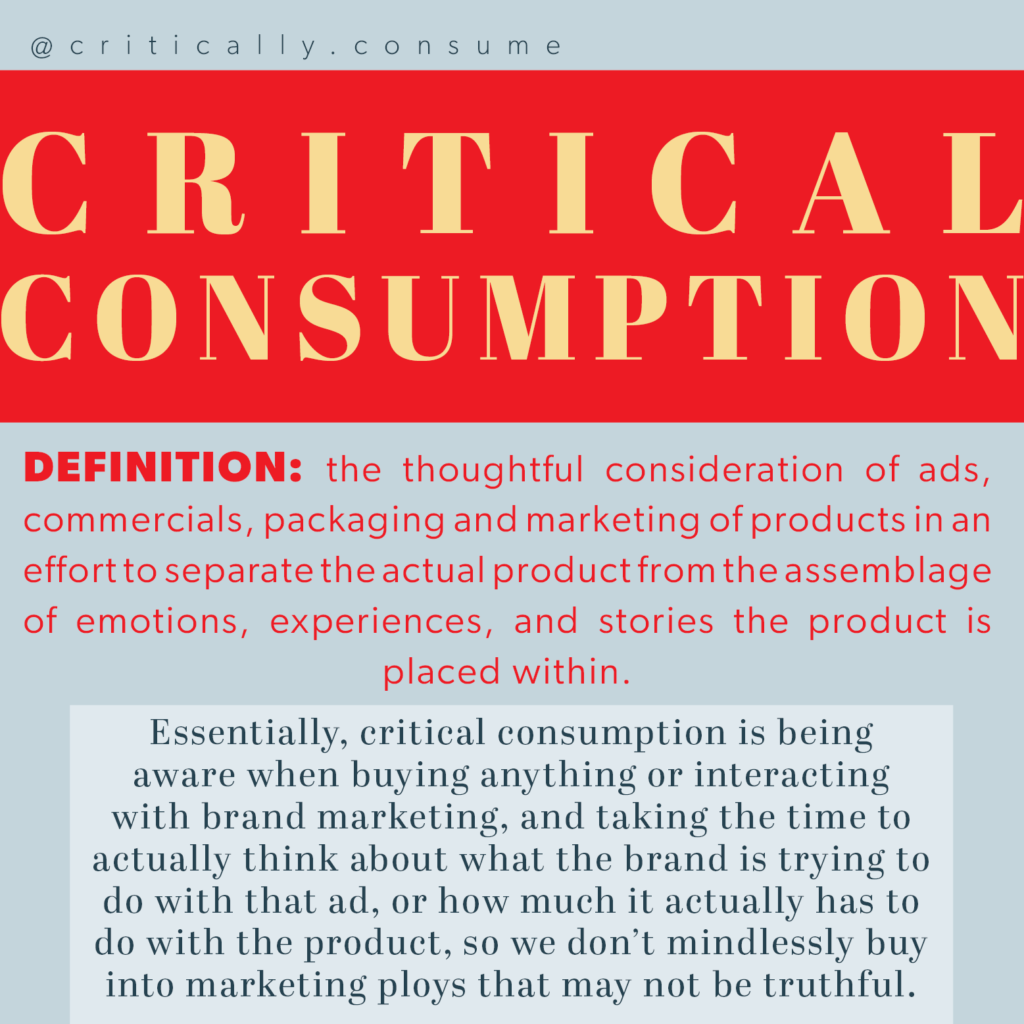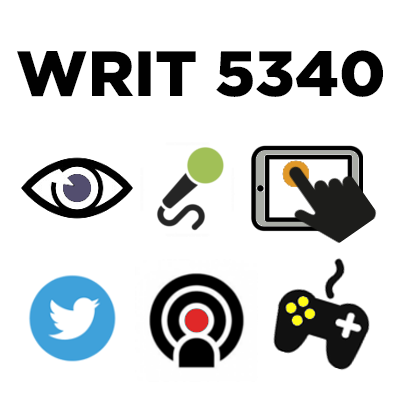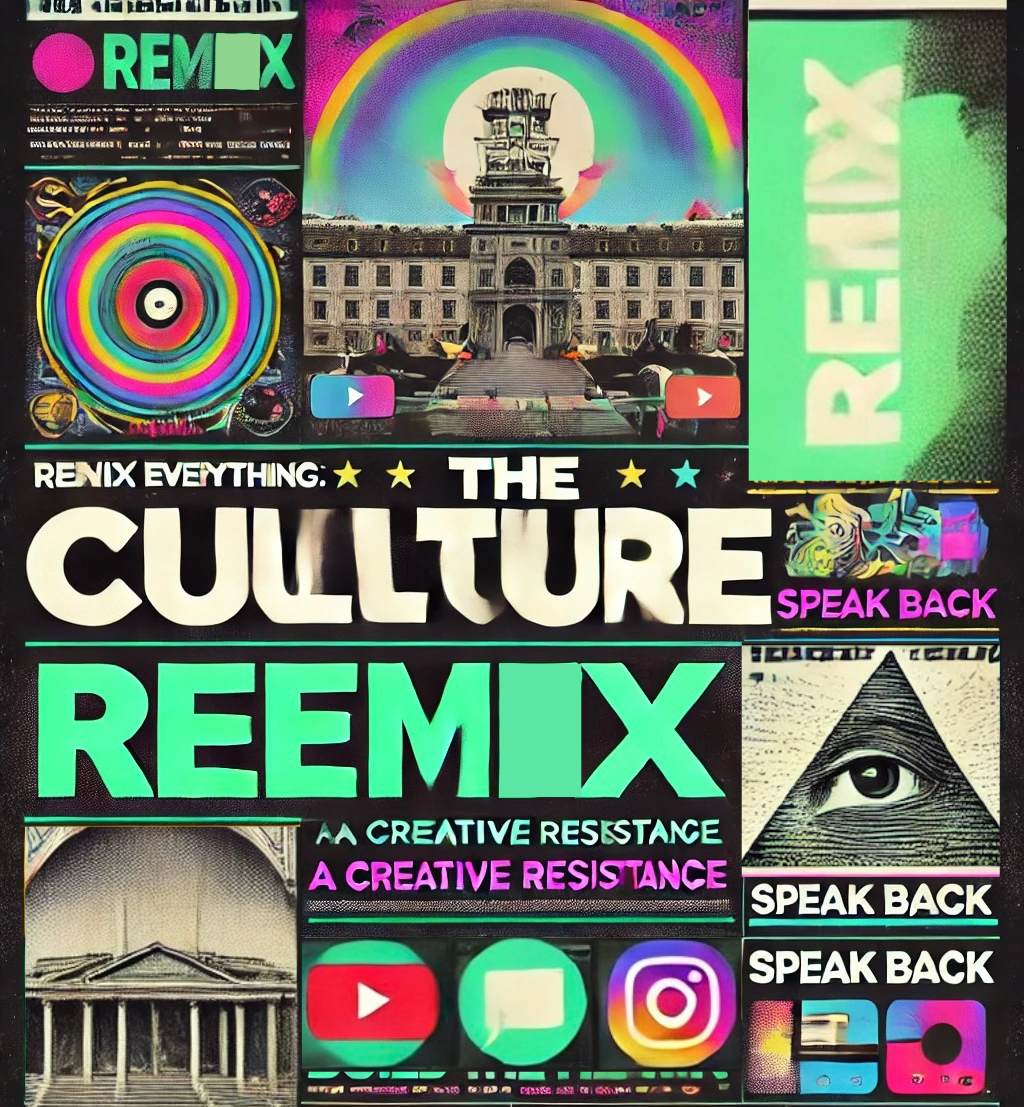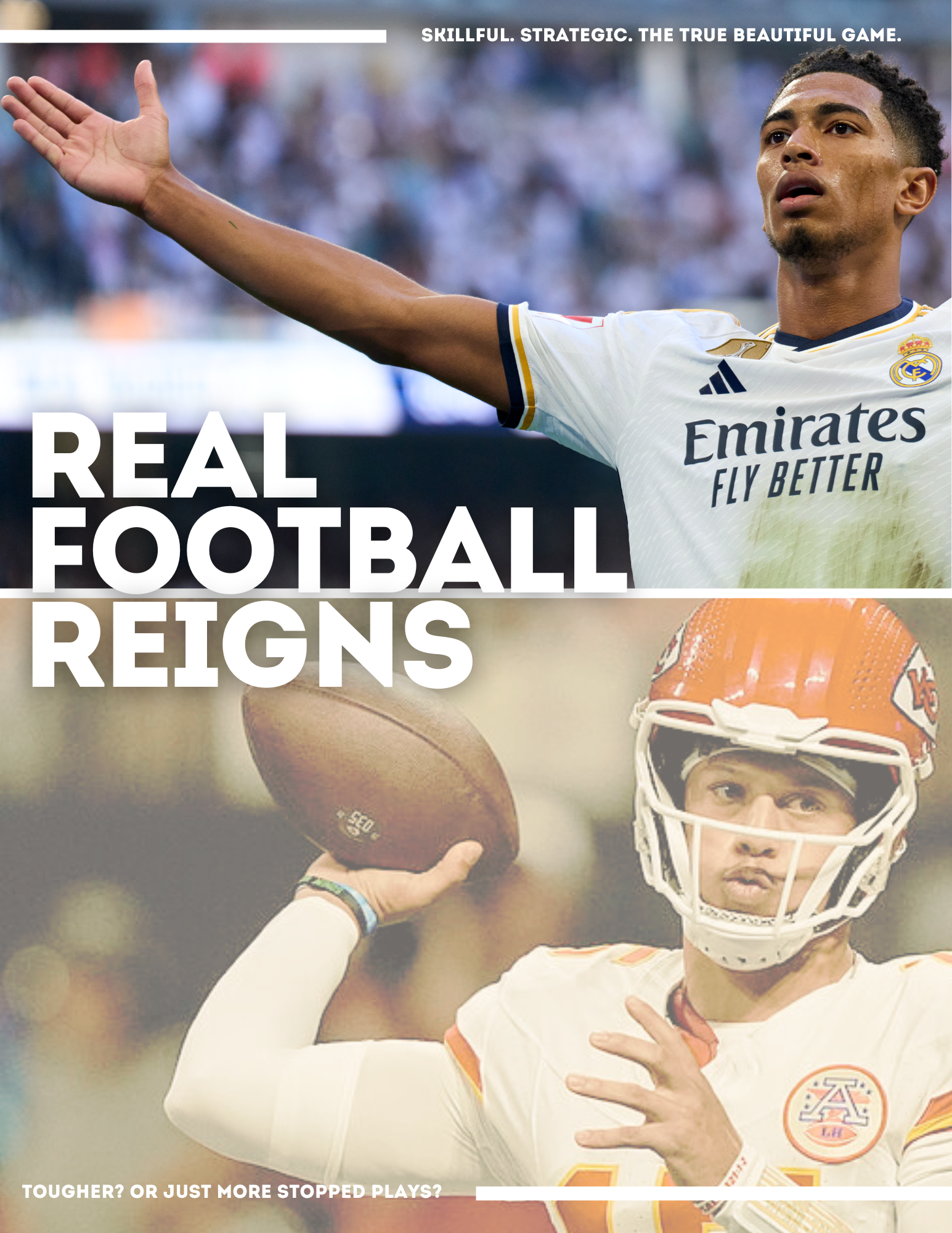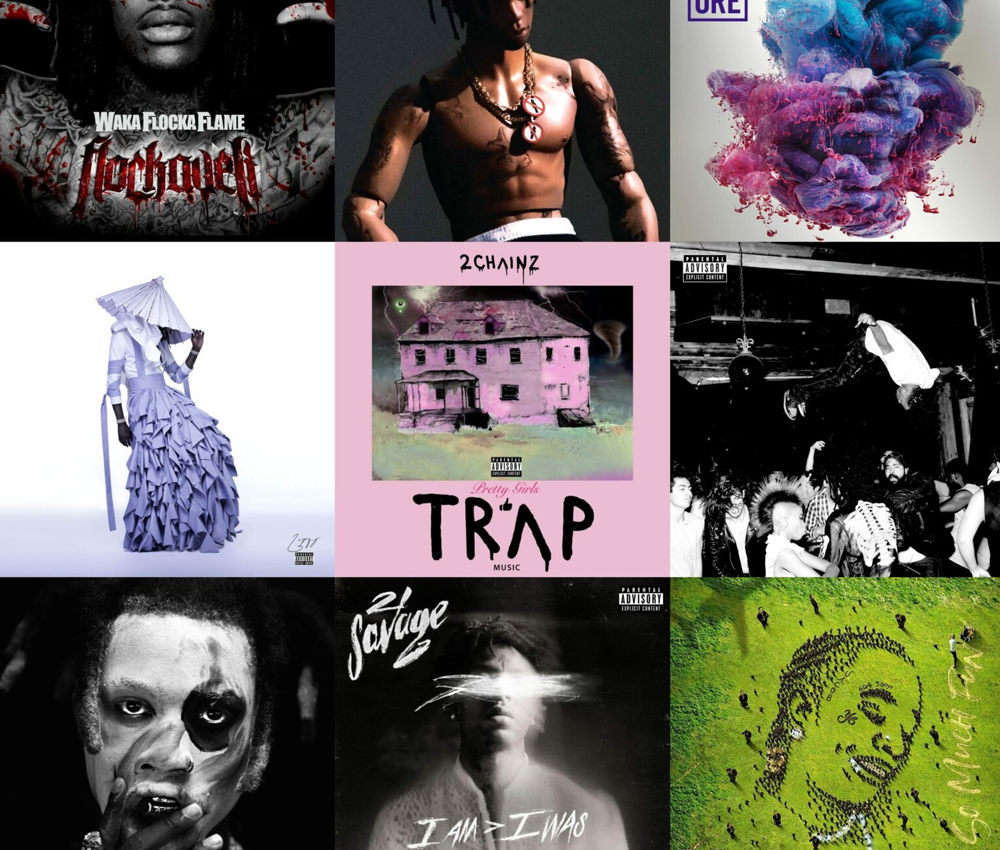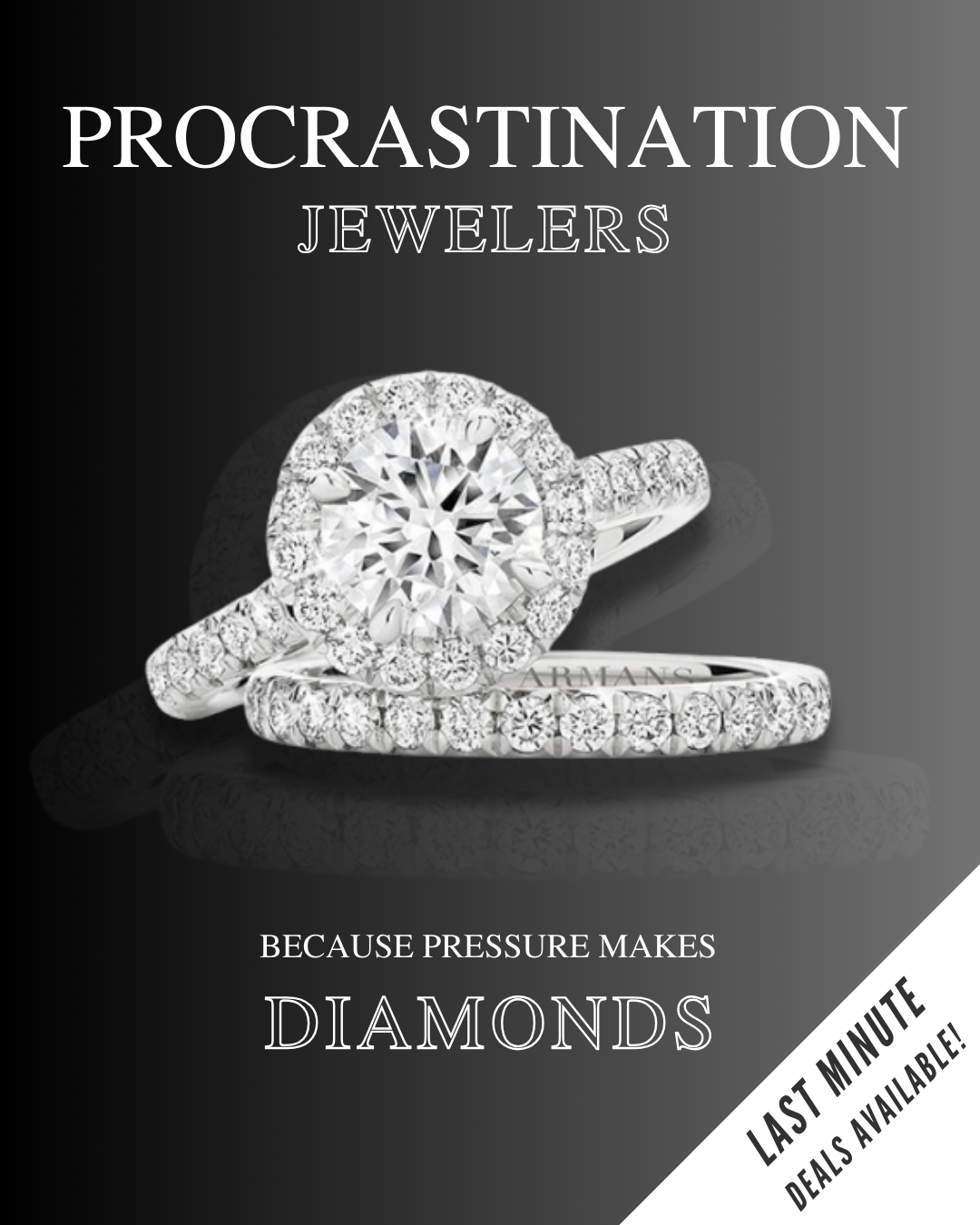- Maker: Laurel M. Gallaudet
- Genre: Social Media Marketing
- Level: Graduate
- Program: Composition, Rhetoric, and Digital Media
- Course: WRIT 5400: Technical Writing
- Instructor: Dr. Eric Mason
- Semester Created: Fall 2023
Description
This mini social media marketing campaign takes to some of the more popular platforms of social media and attempts to discredit and poke fun at brand marketing and practices and advocate for the practice of more aware and critical consumption of products. This project was created out of a rising awareness by myself of just how often brands engage in emotional branding or use of the floating signifier effect (ability to attach completely arbitrary and unrelated meanings to a product via storytelling) and just how often I and people I know blindly consume without truly considering the worth, value, or properties of the actual product. It is also, admittedly, created out of a deep frustration for the way America exists in a culture of consumerism that was ultimately snowballed by one man: Edward Bernays. Known as the “father of Public Relations”, many have described what he did as it truly was: the manipulation, via composition and rhetorical practices, of people into spending money on things that they do not actually need (Mumby & Kuhn, 2019). It is largely his fault that we spend more money, wear certain brands, communicate class and status and identify with material artifacts. As such, the hope for a project such as this is that it will somehow reach at least a few people, bringing awareness and critical thinking in consumption to at least one more person.
How It Works
This mini-campaign takes a humorous and appealing route to catching the attention of varying audiences on different apps. Spread across three different social media platforms – Twitter, Instagram, and TikTok – the different pieces of the campaign were created with different elements and audiences in mind so that they would be most likely to appeal to the different audiences of each platform. Twitter, as a platform more populated by people college-aged and older as well as having a more stagnant, short-form humor, would respond best to a template-meme that has been popular for quite a while now. TikTok, with a younger audience that seems to require content that is immediately attention-grabbing or funny in order for someone to stay and watch a full video, was more primed for templates that have already performed well on the app, as well as something like the parody ASMR video I have included below that includes loud “quiet” sounds and oddly shocking visuals. Instagram is much more variable in terms of audience age and what appeals to them. Through researching and experiencing different forms of Instagram content over the years, it has been observed that Instagram is often used to create and disseminate educational slide sets about relevant, contemporary topics that are sometimes difficult to speak up about outside of the online landscape, so it was decided that a good course of action for this platform would be to create an educational slide set based on previously seen examples of this that have performed well and garnered high levels of interest.
Why It Matters
Emotional branding can be seen everywhere in the world today, from every commercial you see to the packaging your favorite candy uses. The culture of consumerism that has cultivated in America today, causing even social status to be different depending on what brand of clothes you buy, is a structure that has caused money to be even more of a central building block of our society and culture than it was before. As consumers, we should not blindly let brands sell us products and status on false premises. This project aims to advocate for more critical consumption of things, and advocates for us as consumers to be more aware of the often false practices that brands engage in as they attempt to sell us realities.
Twitter Meme:
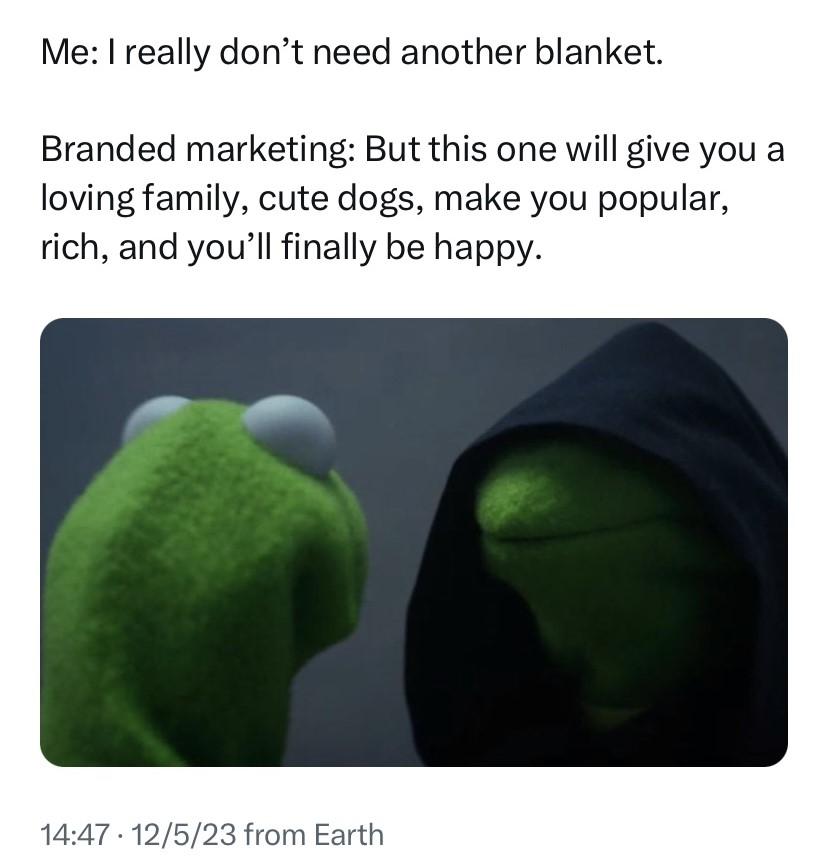
Educational Instagram Slideset:

